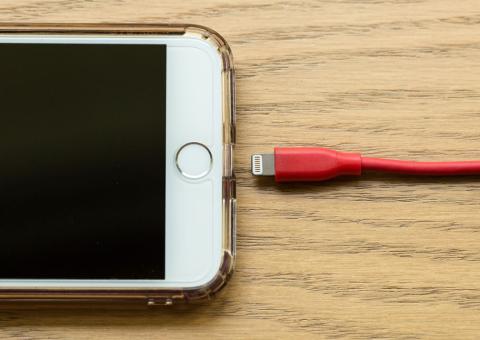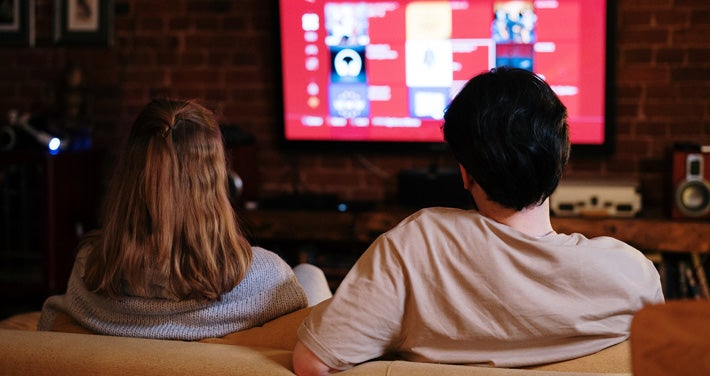With the cost of electricity approaching an all-time high, there’s no better time to re-evaluate your energy use to identify opportunities for savings. Energy efficiency, or using less energy to complete the same tasks, is a great first step, but there are other small changes you can make in your day-to-day life to save electricity.
Every time you open the oven door, the temperature can drop by 25°F, making your oven use more energy to bring the temperature back up.
Heat It Up (or Cool It Down)
Good: Set your thermostat to 78°F in the summer and 68°F in the winter. A single degree of heating or cooling can cut energy usage by as much as 6 to 8%.
Better: Try turning on a ceiling fan before you reach for that air-conditioning switch. Ceiling fans create a breeze that cools your skin through evaporation, and can allow you to increase the thermostat setting by about 4°F with no reduction in comfort.
Best: Dress for the season. Take a look in the mirror before adjusting the thermostat. Are you dressed appropriately for the season and weather? By wearing an extra layer in the winter or lightening up in the summer, you can find comfort without increasing your energy consumption.
BONUS TIP: Smart thermostats are more affordable than ever, and allow you to adjust the temperature of your home on the fly.
Light It Up
Good: Swap traditional incandescent light bulbs for LEDs. Not only do they use less electricity, but they last longer as well.
Better: Opt for task lighting instead of overhead lighting, so the light is concentrated only where you need it.
Best: Harness the power of natural light whenever possible for a no-cost alternative to electric lighting. As an added bonus, natural light is preferred over artificial light for those all-important video calls.
BONUS TIP: Motion and occupancy sensor switches can prevent wasted electricity in rooms that are accessed less frequently, such as the laundry room or garage.
Charge It Up
Good: Don’t leave your cell phone plugged in overnight. It only takes a couple of hours to fully charge, but will continue to draw power even after it reaches 100%.
Better: Unplug seldom-used electronics. Standby mode may use less electricity, but in order to respond quickly to the signal from a remote control or mouse, electronics must consume electricity.
Best: Only turn on your computer, monitor, and printer when you need them. Not only will you save electricity, but you’ll protect valuable electronics from power surges and slow the wear of internal components.
BONUS TIP: Switching from a desktop computer to a laptop can save as much as 80% on energy costs.
Key Takeaways
- Small changes can have a big impact on your electric consumption – and your monthly bill.
- It takes time for new habits to become routine. Start with the easiest changes and gradually work up to harder ones.
- Saving electricity doesn’t mean you have to sacrifice comfort or convenience.





